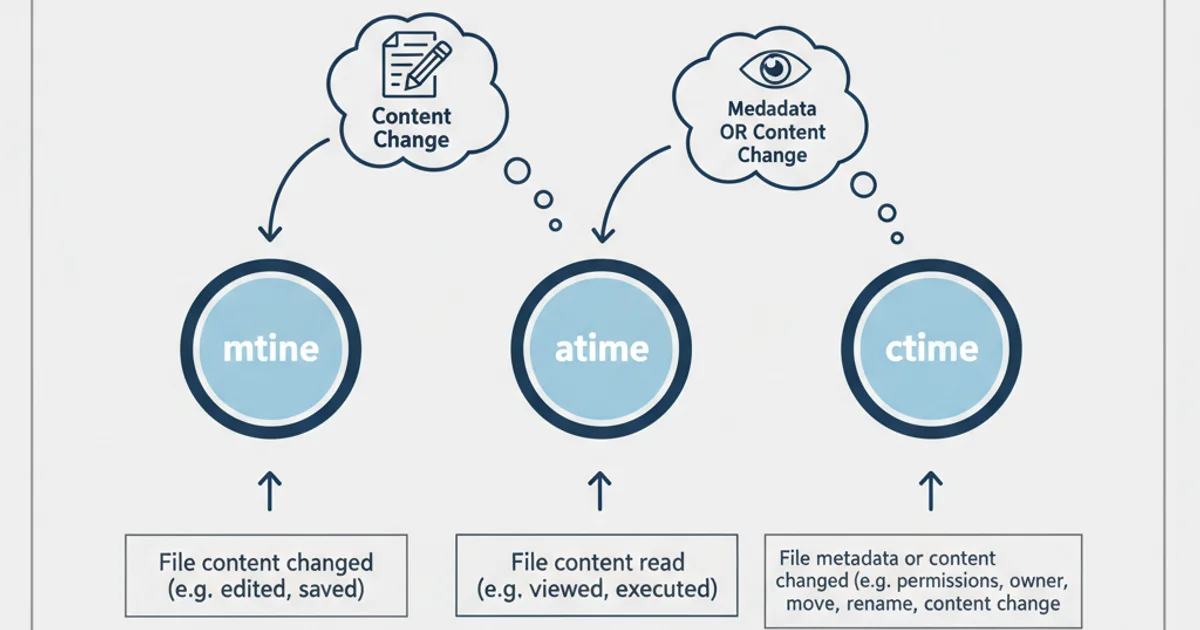What's the environment variable for the path to the desktop?
Categories:
Locating the Desktop Path: Environment Variables Explained

Discover how to programmatically find the user's desktop folder path across different Windows environments using environment variables and scripting languages.
The desktop is a fundamental location in any operating system, serving as a quick access point for files, shortcuts, and applications. For developers and system administrators, programmatically accessing this path is crucial for tasks like deploying shortcuts, saving temporary files, or configuring user-specific settings. This article explores the various methods to retrieve the desktop path, focusing on environment variables and scripting in Windows.
Understanding Windows Special Folders
Windows manages several 'special folders' that have dynamic locations, often changing based on the user profile, Windows version, or language settings. The desktop is one such folder. Relying on a hardcoded path like C:\Users\<username>\Desktop is unreliable and can lead to errors, especially in localized or multi-user environments. Instead, Windows provides mechanisms to query these paths dynamically.
flowchart TD
A[Start] --> B{"Need Desktop Path?"}
B -->|Yes| C{Check Environment Variables}
C --> D["%USERPROFILE%\Desktop"]
D --> E["Alternative: %HOMEDRIVE%%HOMEPATH%\Desktop"]
E --> F{Check Shell Folders (Registry/API)}
F --> G["HKCU\Software\Microsoft\Windows\CurrentVersion\Explorer\Shell Folders"]
G --> H["CSIDL_DESKTOPDIRECTORY / FOLDERID_Desktop"]
H --> I[Use in Script/Application]
I --> J[End]
B -->|No| JDecision flow for locating the desktop path in Windows.
Environment Variables for Desktop Path
The most straightforward way to get the desktop path in Windows is by using environment variables. While there isn't a single, universally named environment variable like DESKTOP_PATH, we can construct it using existing ones. The primary variable to leverage is %USERPROFILE%, which points to the current user's profile directory (e.g., C:\Users\YourUsername). The desktop is typically a subfolder within this profile.
echo %USERPROFILE%\Desktop
Retrieving the desktop path using %USERPROFILE% in Command Prompt.
%USERPROFILE%\Desktop works for most English Windows installations, be aware that in localized versions, the 'Desktop' folder name itself might be translated (e.g., 'Arbeitsplatz' in German). For robust solutions, especially in multi-language environments, consider using shell folder APIs or registry lookups.Scripting Languages and the Desktop Path
Various scripting languages provide direct or indirect ways to access the desktop path, often by querying environment variables or utilizing COM objects that expose Windows Shell functionality.
PowerShell
$desktopPath = [Environment]::GetFolderPath('Desktop') Write-Host "Desktop Path: $desktopPath"
Alternative using environment variable
$desktopPathEnv = "$env:USERPROFILE\Desktop" Write-Host "Desktop Path (Env Var): $desktopPathEnv"
VBScript
Set objShell = CreateObject("WScript.Shell") strDesktopPath = objShell.SpecialFolders("Desktop") WScript.Echo "Desktop Path: " & strDesktopPath
' Alternative using environment variable strDesktopPathEnv = objShell.ExpandEnvironmentStrings("%USERPROFILE%\Desktop") WScript.Echo "Desktop Path (Env Var): " & strDesktopPathEnv
Python
import os
Using environment variable
desktop_path_env = os.path.join(os.environ['USERPROFILE'], 'Desktop') print(f"Desktop Path (Env Var): {desktop_path_env}")
More robust (Windows-specific, using ctypes for SHGetFolderPath)
try: from ctypes import windll, create_unicode_buffer CSIDL_DESKTOPDIRECTORY = 0x0010 buf = create_unicode_buffer(260) # MAX_PATH windll.shell32.SHGetFolderPathW(0, CSIDL_DESKTOPDIRECTORY, 0, 0, buf) desktop_path_api = buf.value print(f"Desktop Path (API): {desktop_path_api}") except ImportError: print("ctypes not available or not on Windows, falling back to environment variable.")
SpecialFolders method or .NET's GetFolderPath('Desktop') is preferred over directly concatenating %USERPROFILE%\Desktop. These methods correctly resolve the localized folder name.Localization Considerations
As mentioned, the name of the 'Desktop' folder can vary based on the operating system's language. For example, it might be 'Bureau' in French, 'Scrivania' in Italian, or 'Рабочий стол' in Russian. Directly appending \Desktop to %USERPROFILE% will fail if the folder is localized. The SpecialFolders method (VBScript) and [Environment]::GetFolderPath('Desktop') (PowerShell/.NET) are designed to handle these localization differences automatically, returning the correct, localized path.

System APIs correctly resolve localized folder names, unlike direct path concatenation.